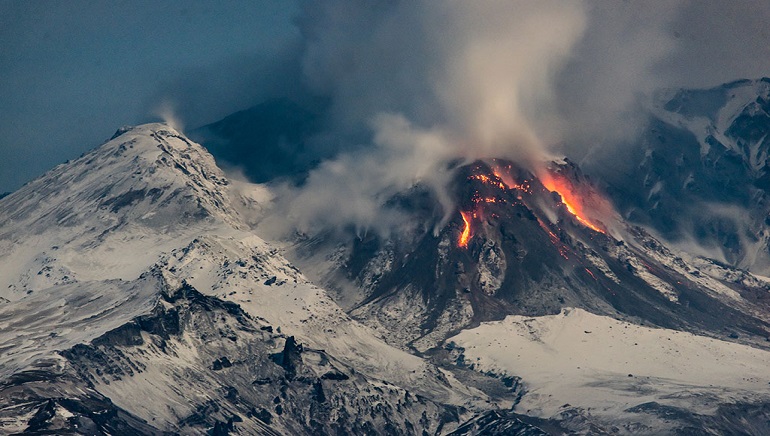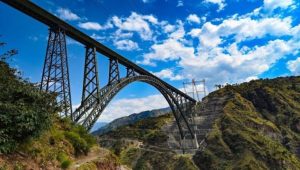One of Russia’s most active volcanoes in Kamchatka, Shiveluch erupted on April 11, spewing clouds of ash 20 kilometers into the sky and covering broad areas with ash. The ash cloud extended over 500 kilometres (more than 300 miles) northwest and engulfed several villages in grey volcanic dust.
The Kamchatka Peninsula, which extends into the Pacific Ocean, is one of the world’s most concentrated areas of geothermal activity, with about 30 active volcanoes. According to the Kamchatka Branch of the Russian Academy of Sciences’ Geophysical Survey, the Shiveluch volcano erupted just after midnight and reached a crescendo about six hours later, churning out an ash cloud over an area of 108,000 square kilometres (41,700 square miles).
Mudflow warnings were issued along a nearby highway as the lava flow tumbled from the volcano, thus melting snow. Villages were carpeted in drifts of grey ash as deep as 8.5 centimetres (3.5 inches), the deepest in 60 years.
About 300,000 people live on Russia’s vast Kamchatka peninsula. The volcano is one of the largest and most active on the peninsula. There were no immediate reports of casualties, though scientists said the volcano was still erupting 15 hours after the start of the eruption.















